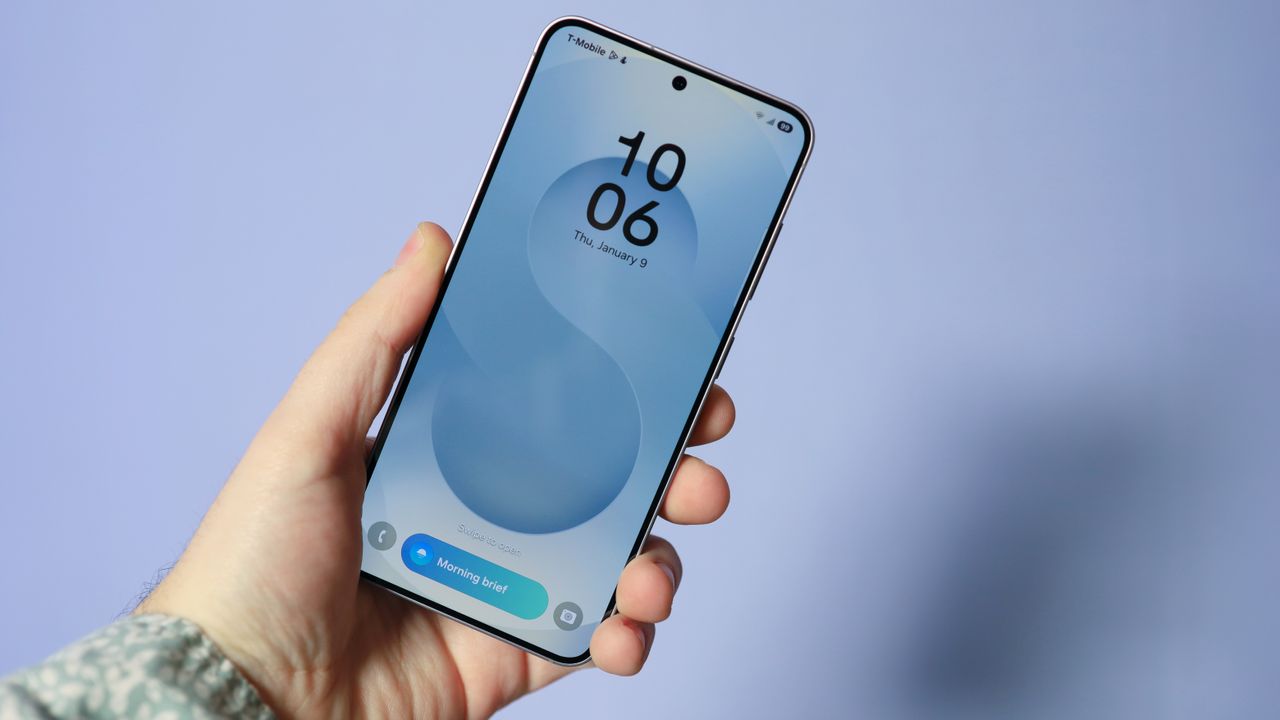
If you live in a rural part of the United States, there is a good chance that you don’t have broadband internet. Which, rightfully so, seems preposterous. It is 2019, after all, so why doesn’t this kind of technology exist everywhere? In fact, this kind of technology seems a bit “basic” today. Whereas 10 years ago, that thought felt like it was coming from a science fiction movie. Over the past five years, $22 billion has been poured into addressing this concern. How many people don’t have access to broadband internet? Well, those numbers are up for debate. According to the Federal Communications Commission, it is approximately 25 million people. Which is significant. But Microsoft says that the official data from the FCC can’t be trusted.
Now I know what you’re thinking – if we can’t trust the FCC, who can we trust? Microsoft seems to think they know the real number, so you could put your faith in Microsoft. At least in terms of this particular matter. That said, Microsoft estimates that the number is actually closer to 163 million people. But here’s where the data gets dicey. According to Microsoft that number includes people who do not use the internet at broadband speeds. Which means, they’re looking at this from two different angles – not having access to broadband, and then not using the internet at broadband speeds. Is this why there is such a big discrepancy? I mean, isn’t it weird that people with broadband aren’t actually using it?
Microsoft is using Washington state as a case study and states:
“FCC data indicates that 100 percent of Ferry County residents have access to broadband. When we spoke to local officials, they indicated that very few residents in this rural county had access and those that did were using broadband in business. Our data bears this out, showing that only two percent of Ferry County is using broadband.”
Microsoft has tested this in other locations – both rural and urban and have produced similar data. So what gives here? According to Microsoft, the problem is that the FCC isn’t reporting the data accurately. What makes it interesting is the data in question is not necessarily checked by the FCC, but this is data that is reported to them by internet providers. Then they simply post it as their own. I say this is interesting because you could be posting something completely inaccurate, and yet they just post it as is because it’s an arbitrary and silly requirement that you put in place.
Is this a big deal? It could be. If we put the trust into these providers to give us the facts, it seems like they are doing their job and getting broadband out to the rural community. But is the real truth that individual homes aren’t using broadband because it’s too expensive? If that’s the case, then these guys aren’t doing their job, and yes the data is inaccurate.
The FCC has expressed concerns with the way that the data has been obtained in the past. Microsoft suggested to members of Congress ways for the system to be improved in order to make it harder for ISPs to come up with these errors within their coverage reports. While it’s hard to say that this will lead to any kind of change, hopefully this will at least get broadband internet in the hands of people who don’t already have it.



